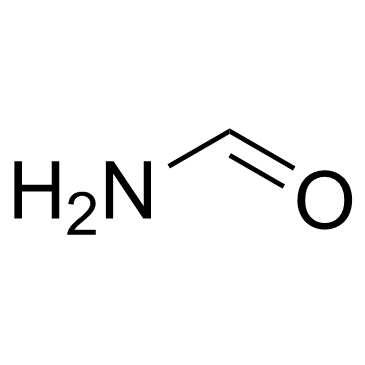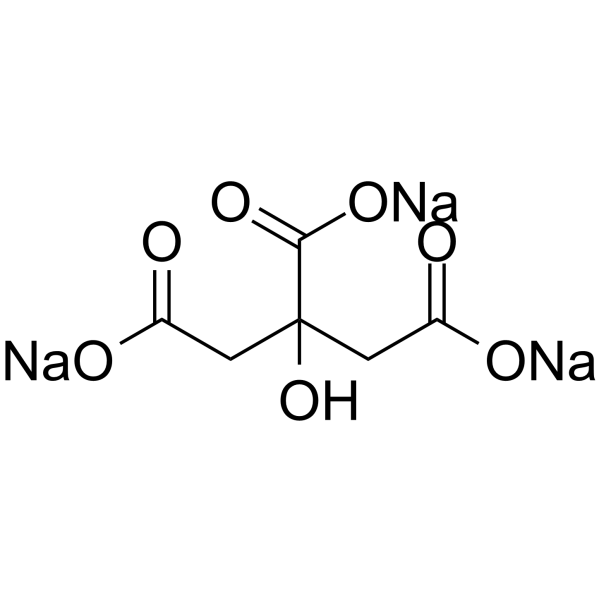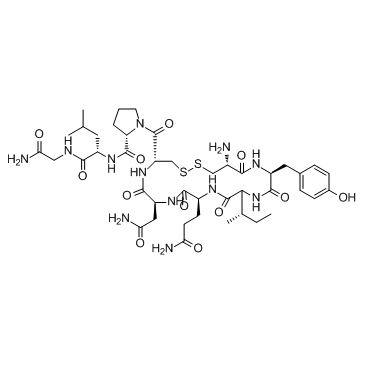| Structure | Name/CAS No. | Articles |
|---|---|---|
 |
sodium chloride
CAS:7647-14-5 |
|
 |
Formamide
CAS:75-12-7 |
|
 |
Sodium citrate
CAS:68-04-2 |
|
 |
SODIUM CHLORIDE-35 CL
CAS:20510-55-8 |
|
 |
Oxytocin acetate salt
CAS:50-56-6 |